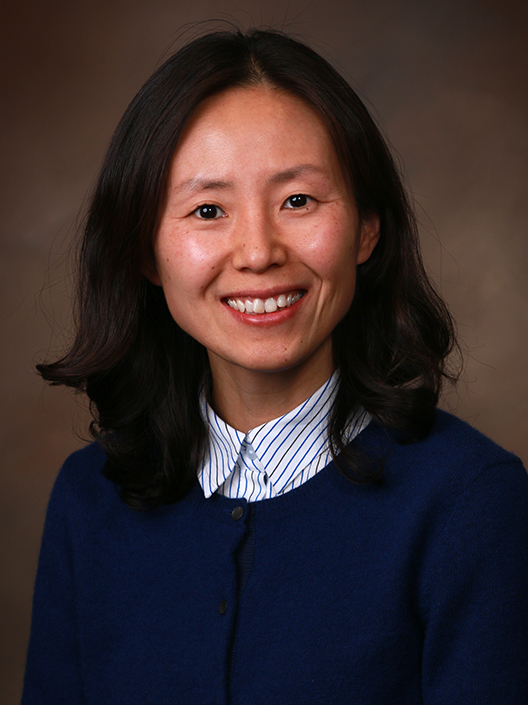
Electrical and computer engineering associate professor Heayoung Yoon was recently selected to receive two $250,000 awards from the U.S. Department of Energy Solar Energy Technologies Office (SETO) to advance photovoltaics research and development. Each project will last one year and total $500,000 in funding. Both of Yoon’s projects are strongly supported by industry, academia and National Lab.
Yoon will collaborate with First Solar, the National Renewable Energy Laboratory, and the National Institute of Standards and Technology on her first project, to develop a cadmium telluride passivated emitter rear contact solar cell (PERC). The cell will consist of a patterned aluminum oxide layer and small metal contacts defined on individual grains to increase cell efficiency and power output. Her lab will use current generated by a concentrated stream of electrons to detect any defects in the PERC design and quantify changes in physical parameters, such as the components’ efficiency, using 2 and 3D numerical models.
Yoon’s second project will investigate the degradation of perovskite solar cells. Her lab will develop methods for measuring the electronic properties of features in perovskite absorbers while the device is exposed to high temperatures, bright light and other potential causes of damage. This project is also supported by the National Renewable Energy Laboratory, and the National Institute of Standards and Technology as well as the University of Toledo.
Yoon was selected for these awards as a part of the SETO Fiscal Year 2019 funding program, an effort to invest in new projects that will lower solar electricity costs while working to boost solar manufacturing, reduce red tape, and make solar systems more resilient to cyberattack. She is one of several photovoltaics research projects that will focus on improving the performance and reliability of PV cells, modules, and systems and reducing materials and processing costs.
Yoon’s research will contribute to increased affordability, reliability, and performance of solar technologies on the grid. To find out more about her lab’s work click here.